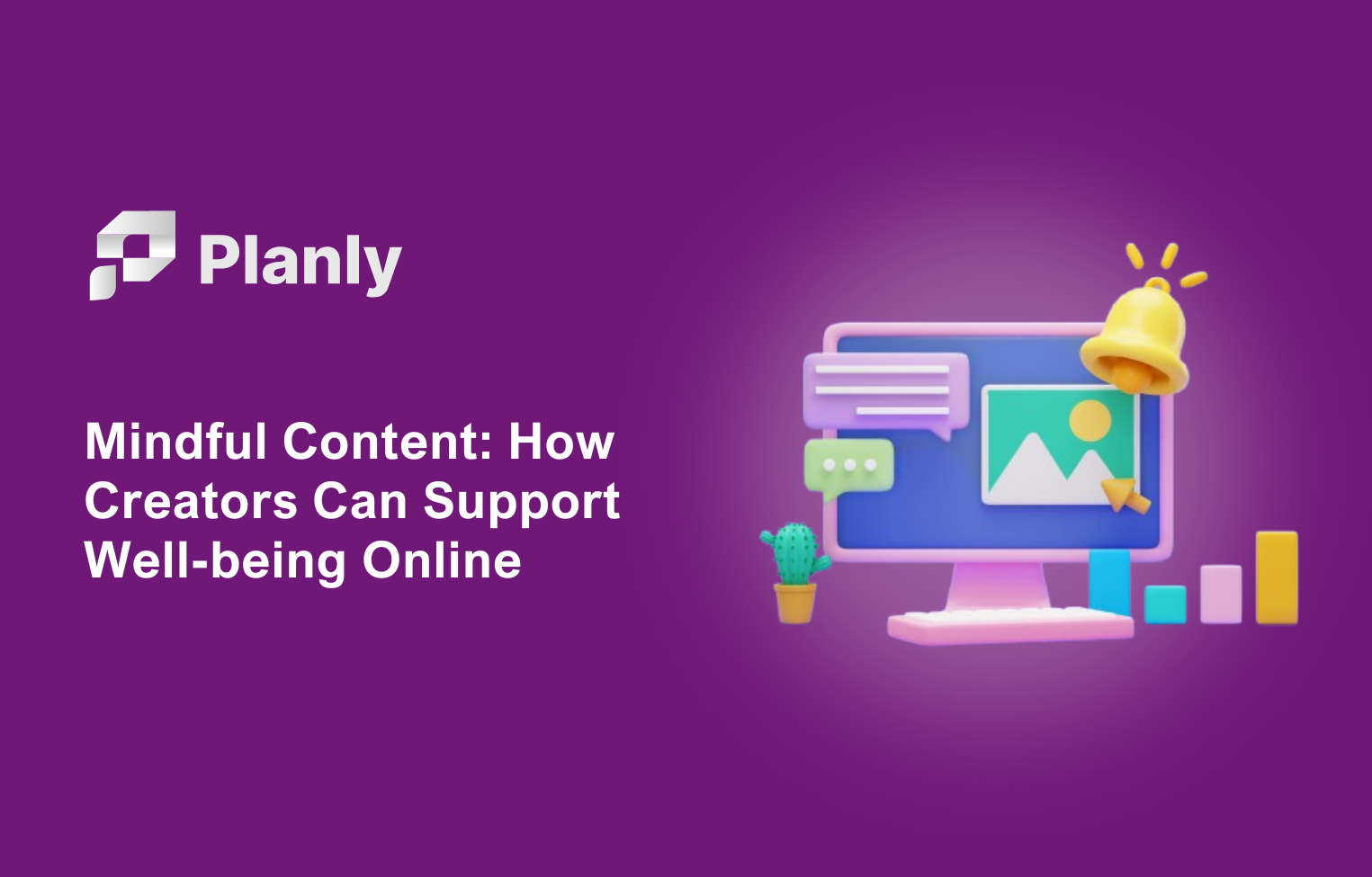Although TikTok is profitable for businesses, it creates problems for users on the mental side; we have written many blogs about developing your business on TikTok. Today we will talk about how we can use this app without breaking our mental state. We will look at the stages of TikTok addiction and more in this blog article!
Why is TikTok so addictive?
TikTok is an app that aims to become habit-forming. Users may rapidly produce and share short movies with friends, family, and the rest of the globe because of its user-friendly design. There is something for everyone in a video, from humorous skits to enlightening instructions! Through the use of various effects and filters, the app also encourages individuals, especially Gen-Z TikTok users, to express their creativity by giving their work a distinctive edge. Due to all of these features, TikTok is very addicting and difficult to put down.
What are the stages of TikTok addiction?
TikTok addiction has 4 stages. If you find yourself wondering if your love for TikTok has gone beyond a casual hobby, check out the signs below to get an idea of whether or not you may be addicted:
Stage 1: Curiosity
People are first only intrigued about what they can do with the app and the various kinds of videos they may make at the early stages of addiction. They could play around with the app for a short while without realizing how long they have been using it.
Stage 2: FOMO
People are compelled to submit their own videos on TikTok in order to participate in the fun once they are aware of the variety of content that is available. This stage, known as the "Fear Of Missing Out," frequently results in greater app usage.
Stage 3: Obsession
At this point, people are completely hooked on TikTok. The person will spend hours viewing videos, posting information, and interacting with other users while they browse through their feeds. They grow fixated on the program and find it impossible to stop using it.
Stage 4: Addiction
People reach this level of addiction when they are so immersed in TikTok that it starts to affect their daily life. They will ignore social gatherings and other things they used to like in favor of spending hours upon hours on the app. At this point, it's crucial to stand back and reevaluate their connection with the app before things get out of hand.
How to tell if someone has a TikTok addiction?
It's crucial to act if you see any of the aforementioned signs of TikTok addiction. Watch out for indications like increasing app usage, forgoing obligations and interests in favor of TikTok, becoming excessively engrossed in the material they produce or interact with on TikTok, or having trouble putting the app down. Take a break from the app and reevaluate your connection with it if any of these describe you or someone you know.
What are the dangers of TikTok addiction, and what can be done to address it?
Addiction to TikTok has a number of risks. It can result in a decline in face-to-face social engagement, an uptick in online disputes and cyberbullying, and even attention-related issues. The software may cause users to get sidetracked from pressing obligations like work or school projects.
To avoid these risks, it's critical to monitor how much time is spent on TikTok and to take breaks when required. Additionally, parents need to keep an eye on how their kids are using the app and stress the risks of addictive behavior.
Finally, it's critical to keep in mind that utilizing TikTok responsibly is essential. When used in moderation, the app can be a lot of fun and give users a creative outlet. Don't forget that anything in excess may be dangerous, so be sure to take breaks sometimes.
How to break free from the grip of TikTok addiction?
Are you wondering how to deal with TikTok addiction? So it takes time and self-control to escape the grip of TikTok addiction. It's critical to comprehend your attraction to the app and focus on establishing healthy behaviors.
First, decide how much time you want to spend using the app per day or per week. Set objectives that are realistic. This will act as a reminder of your use of limitations and help you become more conscious of them.
Second, discover healthy hobbies to keep you occupied. Try indulging in other creative pursuits like painting or drawing, reading a book or magazine, listening to music, writing, or playing sports during times when you would typically be scrolling through TikTok.
Third, give the app regular breaks. This will allow you to use the app sparingly and keep it from taking over your life.
Last but not least, enlist the aid of experts or support systems like therapy or other mental health services if necessary. It's critical to keep in mind that addiction is not something to be embarrassed by and that getting assistance is a crucial first step in escaping the grip of TikTok addiction.
A word of caution for parents whose children are addicted to TikTok
Parents must be informed of the risks posed by TikTok addiction. Parents must be aware of the phases of addiction and make sure their kids are using the app sparingly.
Additionally, it is crucial for parents to keep an eye on their children's app usage to make sure they are not wasting too much time on it. Parents should place time restrictions on how much time their kids may spend on the app and provide them access to alternative activities.
Finally, it's crucial to discuss the risks of addictive behavior and the dos and don’ts of TikTok for kids and stress the importance of moderation. Understanding addiction will assist in raising awareness and ensure that you and your child are better prepared to make wise decisions.
How will TikTok addiction manifest in 2023 and beyond?
TikTok addiction is anticipated to be much more prevalent and pervasive by 2023. The app's potential for addiction increases as it gains in popularity. People will look through their feeds, post material, and interact with other users for longer and longer periods of time.
Addiction to the app may heighten the risks by making users more socially isolated and prone to skipping out on critical tasks. Due to how much time users are spending on the app, it is also possible that cyberbullying will increase in frequency.
However, these risks may be addressed and reduced with better knowledge of addiction. It is vital to encourage parents, educators, and health professionals to keep an eye on children and inform them about the risks associated with addictive behavior. This may be accomplished by promoting moderation on the app and offering assistance to users who may already be dealing with addictions.
To wrap up
In conclusion, TikTok has become an incredibly popular platform for socializing and creativity. When used properly, it can be a fantastic platform for connection, creativity, and making money on TikTok. It is possible to use the app without being hooked if we are mindful of how much time we spend using it and understand the phases of addiction and how they use your personal data. In this blog, we have talked about the stages of TikTok addiction and how to deal with TikTok addiction, and more. So be careful and remember to log off sometimes.








